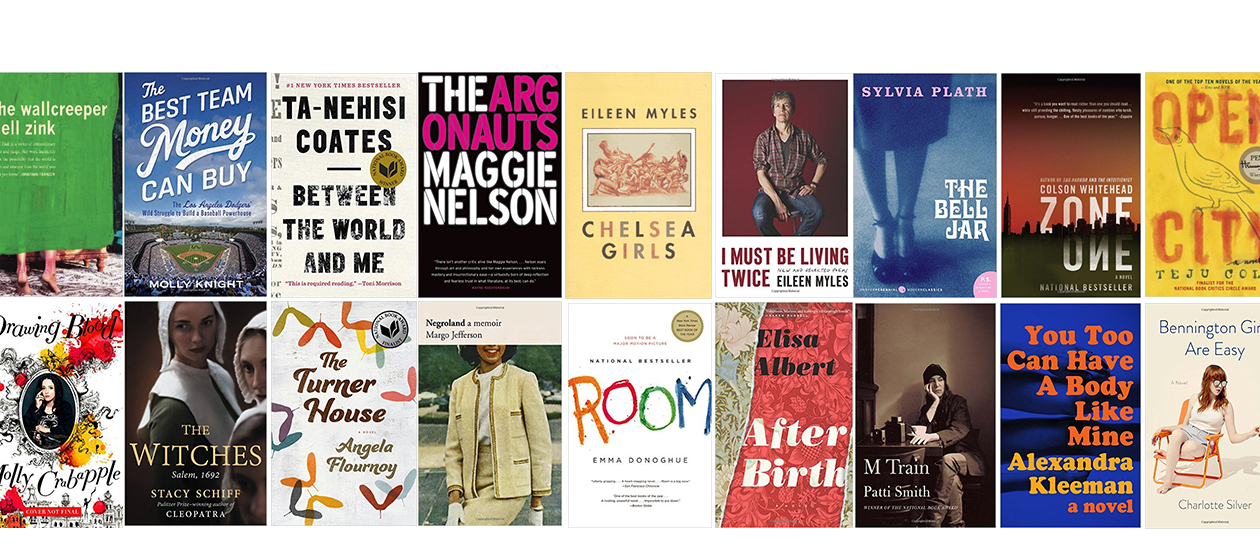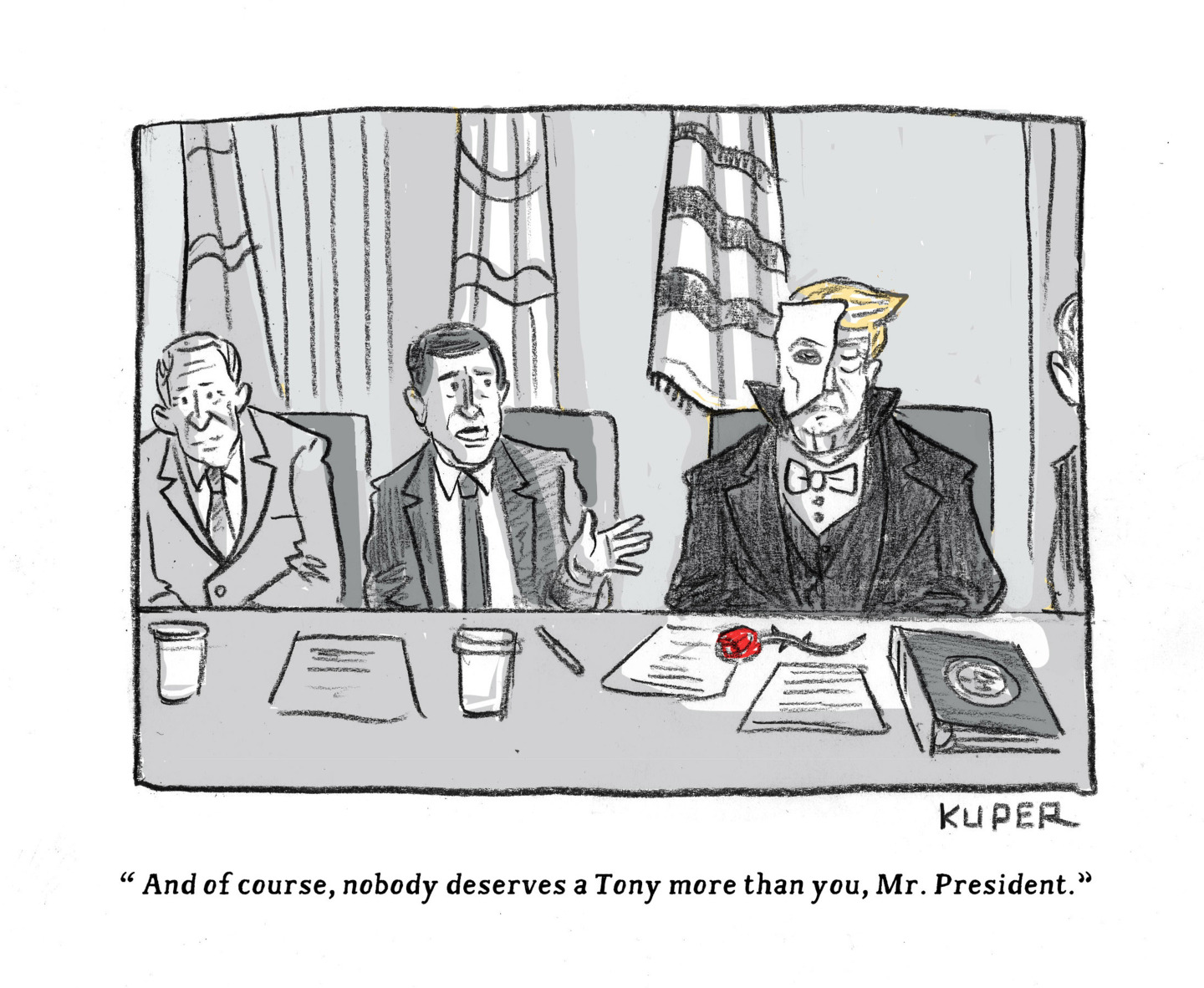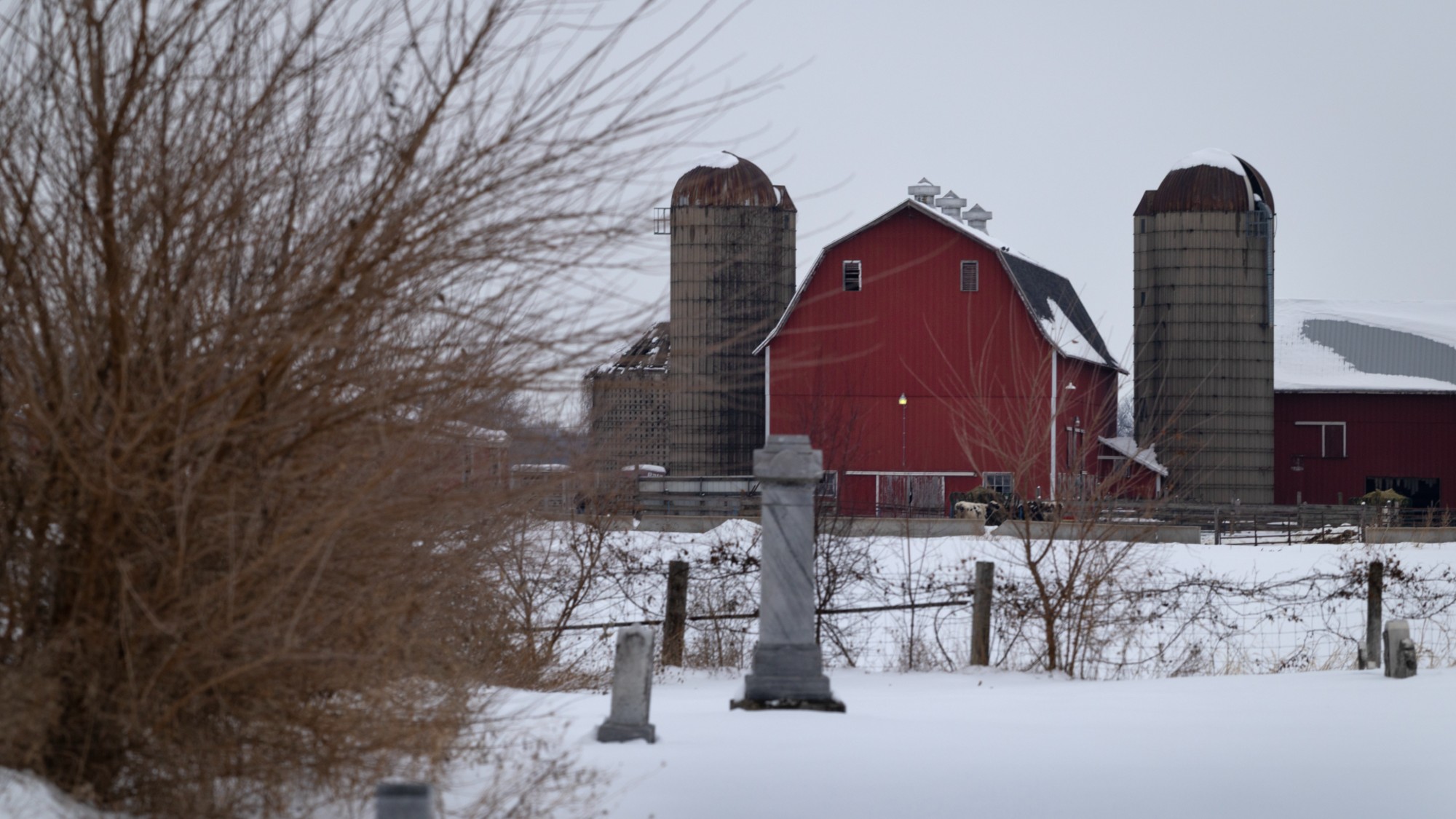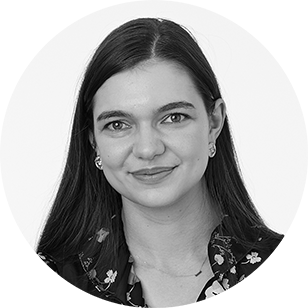I stopped reading white male authors last year. Here's what I learned.
Should I have banned white women too?


A funny thing happens when you spend the better part of a year reading and watching stories by people other than white, Western men — you start to notice who is in charge.
Last April, my frustration with the homogeneity of easily accessible art made me swear off reading or watching anything by white men until 2016. Instead, I chose to spend the year immersing myself in stories by anyone but white, Western directors and authors (you can read the rules I had to follow here and see the list of books I read here).
However, times are rapidly changing, especially since the debate about diversity has entered the mainstream. In fact, it was successful projects like #ReadWomen2014 that helped prompt me to do my own modified challenge in 2015. But it became clear throughout the year that while the movie industry is very much still controlled by white men, contemporary literature is a different story.
The Week
Escape your echo chamber. Get the facts behind the news, plus analysis from multiple perspectives.

Sign up for The Week's Free Newsletters
From our morning news briefing to a weekly Good News Newsletter, get the best of The Week delivered directly to your inbox.
From our morning news briefing to a weekly Good News Newsletter, get the best of The Week delivered directly to your inbox.
In 2015, you didn't have to go far out of your way to read women. Even before I began my challenge in April, I was reading diversely: Elisa Albert's After Birth, Kim Gordon's Girl in a Band, and Eula Biss's On Immunity kicked off my year.
I'm not sure I am alone in this, either: At the time of publication, only four of the top 10 best-selling books on Amazon last year were written by men (although admittedly, three of the books on the list are adult coloring books). Barnes and Noble reflected similar top sellers, with Harper Lee, E.L. James, Paula Hawkins, and J.K. Rowling dominating and Jeff Kinney, Dr. Seuss, and Anthony Doerr making up the minority. Even the predictable white male behemoths, like Jonathan Franzen's Purity and Garth Risk Hallberg's City on Fire, were not exactly roundly loved in 2015.
The handful of white men I did read this year were exclusively for purposes of school or work assignments — a bit of a disheartening exception, since collegiate reading lists and publications' review assignments are perhaps where we ought to be taking care to include women the most. Nevertheless, when I braced myself for The New York Times' Best Books of 2015 list, I was pleasantly surprised: Following my rules, I could read an entire nine out of the 10 that made the cut.
But here's the thing — my challenge, while eye opening, had one major flaw. When I explained my rules to a colleague at a holiday party recently, he clarified, "So you could read Joan Didion, even though she's like, the whitest?" The answer being yes. Didion is a woman, so she counted.
A free daily email with the biggest news stories of the day – and the best features from TheWeek.com
There's a point to be made here, though: "No white men" is no longer the most productive challenge for a reader. Author Claire Vaye Watkins recently wrote a compelling article in Tin House about how women authors must still pander to the white male tastemakers of literature. And while her essay rings true, there's a resonant criticism: While white women might be pandering to white men, women of color have to pander to white women.
As I encountered in my project, the world has gotten a little easier for white women writers. But for women of color, progress can seem stagnant. Writing in 2012, Roxane Gay's explanation of the "grim" numbers remains relevant today:
Nearly 90 percent of the books reviewed by The New York Times are written by white writers. That is not even remotely reflective of the racial makeup of this country, where 72 percent of the population, according to the 2010 census, is white. We know that far more than 81 books were published by writers of color in 2011. You don't really need other datasets to see this rather glaring imbalance.These days, it is difficult for any writer to get a book published. We're all clawing. However, if you are a writer of color, not only do you face a steeper climb getting your book published, you face an even more arduous journey if you want that book to receive critical attention. It shouldn't be this way. [The Rumpus]
Despite the uphill battle, some of the best books published this year have been by people of color — Ta-Nehisi Coates' Between the World and Me, Marlon James' A Brief History of Seven Killings, Hanya Yanagihara's A Little Life have all received critical acclaim.
Free of reading white male writers, I also made a few discoveries of my own.
I found my way to The Turner House by Angela Flournoy — a close-to-the-nerve novel that explores a family's home in Detroit. Flournoy's world is real in all its ugliness, with characters fighting alcoholism, addiction, eviction, and racism. At the same time, her portrayal of the Turners is an ode to families, capturing all the good, bad, and beautiful things that come with sharing blood.
Another favorite discovery was Night at the Fiestas by Kirstin Valdez Quade, which I wrote about for The Week's roundup of the best books of the year. I only wish Quade had gotten more recognition in 2015; her prose is some of the more formidable in the business right now and I am eagerly awaiting her debut novel, hopefully out later this year.
I was likewise delighted by Wendy C. Ortiz's Hollywood Notebook, a bold experiment in what nonfiction can be. Hollywood Notebook unfolds with the haste of journal entries, but each tiny section has a startling weight, like a shared and secret dream.
Still, I am sad to say, Flournoy, Ortiz, and others were the exception in my reading habits, not the rule. The hard truth is my challenge has shown me something I'm not proud of: I still primarily read books by other white people. While I once slammed white male critics for keeping women out of the cultural conversation, it would be a mistake not to acknowledge my own role as a failed gatekeeper.
In other words, if the lists of the best books of 2015 prove anything, it's that my challenge was still too easy: Despite the hurdles, women are relatively actually easy and accessible to read, for men and women alike. A true challenge would be focusing on the voices that still go unheard — even when you put the white men on mute.
Jeva Lange was the executive editor at TheWeek.com. She formerly served as The Week's deputy editor and culture critic. She is also a contributor to Screen Slate, and her writing has appeared in The New York Daily News, The Awl, Vice, and Gothamist, among other publications. Jeva lives in New York City. Follow her on Twitter.
-
 5 prize-winning cartoons about Donald Trump's appetite for awards
5 prize-winning cartoons about Donald Trump's appetite for awardsCartoons Artists take on operatic ambitions, peace prize pacifiers, and more
-
 Will Trump’s $12 billion bailout solve the farm crisis?
Will Trump’s $12 billion bailout solve the farm crisis?Today’s Big Question Agriculture sector says it wants trade, not aid
-
 ‘City leaders must recognize its residents as part of its lifeblood’
‘City leaders must recognize its residents as part of its lifeblood’Instant Opinion Opinion, comment and editorials of the day
